Wild Plants You Can Harvest in the Spring
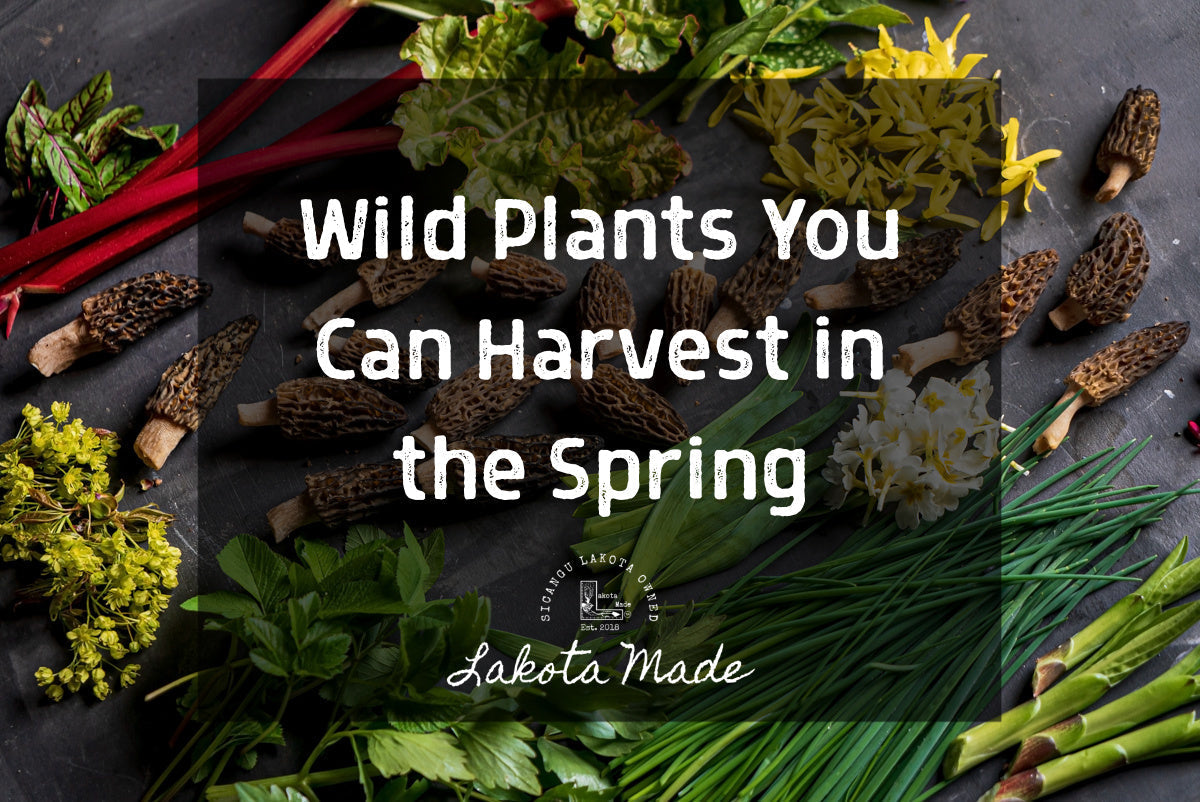
As the snow melts and the days grow longer, the earth awakens with an abundance of fresh, wild plants. Foragers and nature lovers know that spring is the perfect time to gather nutrient-dense, flavorful plants — many of which have been used for generations in traditional diets and medicines. Whether you're an experienced forager or a beginner eager to explore the bounty of nature, here’s a guide to some of the most beloved wild plants you can harvest in the spring.
 1. Dandelion (Taraxacum officinale)
1. Dandelion (Taraxacum officinale)
Where to find it: Lawns, meadows, roadsides, and open fields.
Dandelions are often seen as pesky weeds, but they are a powerhouse of nutrition and medicinal properties. Every part of the plant — roots, leaves, and flowers — is edible.
-
Leaves are best harvested young before they become bitter and can be used in salads or sautéed like spinach.
-
Flowers can be used to make dandelion wine, syrups, or added to baked goods.
-
Roots can be roasted to make a caffeine-free coffee substitute.

Tip: Be sure to harvest from areas free of pesticides and chemical treatments.

2. Stinging Nettle (Urtica dioica)
Where to find it: Moist, rich soils near rivers, streams, and forest edges.
Despite its sting, nettle is one of the most nutrient-rich greens available. High in iron, calcium, and vitamins A and C, nettles are fantastic for soups, teas, and pestos.
-
Always wear gloves while harvesting.
-
Cooking or drying neutralizes the sting.
Tip: Harvest the young tops for the most tender and flavorful greens.

3. Morel Mushrooms (Morchella spp.)
Where to find it: Forest floors, particularly near dead elm, ash, and apple trees.
Morels are a springtime delicacy prized by chefs and foodies. Their honeycomb-like caps make them easy to identify, but always double-check your finds, as there are false morels that are toxic.
-
Sautéed with butter and garlic, morels are heavenly.
-
Never eat raw; always cook morels thoroughly.

Tip: Carry a mesh bag when harvesting to allow spores to scatter and encourage future growth.

4. Wild Violets (Viola spp.)
Where to find it: Shady lawns, woodlands, and meadows.
These delicate purple or white flowers not only brighten up a spring day but are also edible.
-
Flowers can be candied, added to salads, or made into syrups and jellies.
-
Leaves are rich in vitamins A and C and can be added to salads or soups.
Tip: Harvest sparingly to ensure these important pollinator plants continue to thrive.

5. Ramps (Allium tricoccum)
Where to find it: Moist, shady woodlands.
Also known as wild leeks, ramps have a pungent, garlicky flavor that makes them a favorite in spring dishes.
-
Use bulbs and leaves to flavor soups, pastas, and pestos.
-
They are slow-growing, so it's crucial to harvest sustainably — take only one leaf per plant or find places where they are abundant.

Tip: Always follow ethical foraging guidelines to protect native ramp populations.

6. Chickweed (Stellaria media)
Where to find it: Gardens, fields, and disturbed areas.
Chickweed is a tender, nutritious green with a mild, slightly sweet flavor. It’s excellent in salads, smoothies, and soups.
-
High in vitamins C and A, magnesium, and zinc.
-
Best harvested when young and tender.
Tip: It looks similar to some inedible plants, so be sure to correctly identify chickweed by its single line of hairs along the stem.

Foraging Tips for Beginners
-
Know before you go: Always positively identify a plant before consuming it. If in doubt, leave it out.
-
Harvest responsibly: Take only what you need, and never harvest more than 10% of a plant population in one area.
-
Respect private property: Always get permission before foraging on private land.
-
Use proper tools: Bring gloves, scissors, baskets, and field guides.
-
Stay safe: Be aware of areas that may have been treated with herbicides or are contaminated by pollution.
Springtime foraging is a rewarding way to reconnect with nature, nourish your body, and deepen your understanding of the wild world around you. With respect, caution, and curiosity, you can enjoy the gifts that nature generously offers every spring.
Happy foraging! 🌱
Disclaimer:
The information provided in this blog post is for educational purposes only. Foraging for wild plants carries inherent risks, including the potential for misidentification and adverse reactions. Always exercise caution, consult reputable resources, and, when in doubt, seek advice from an expert before consuming any wild plants. You assume full responsibility for any actions taken based on the information presented here. Eat wild plants at your own risk.


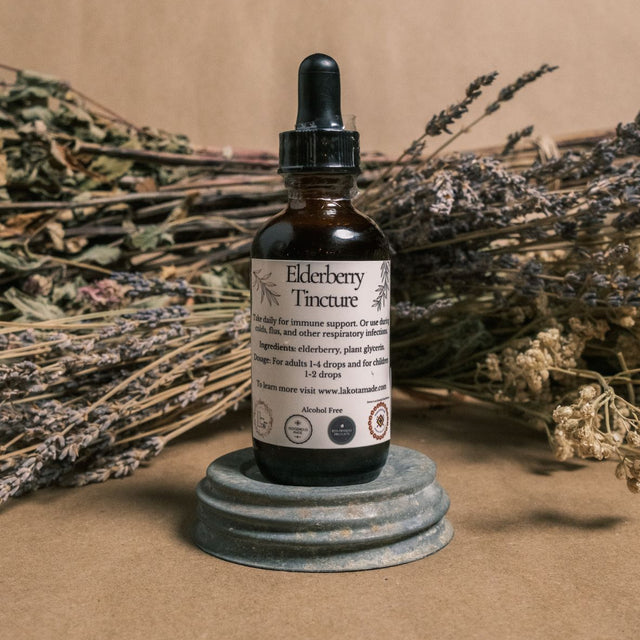
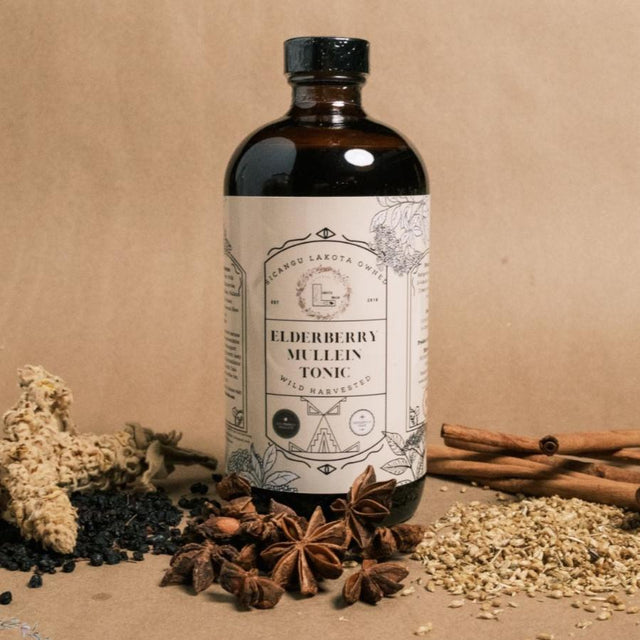
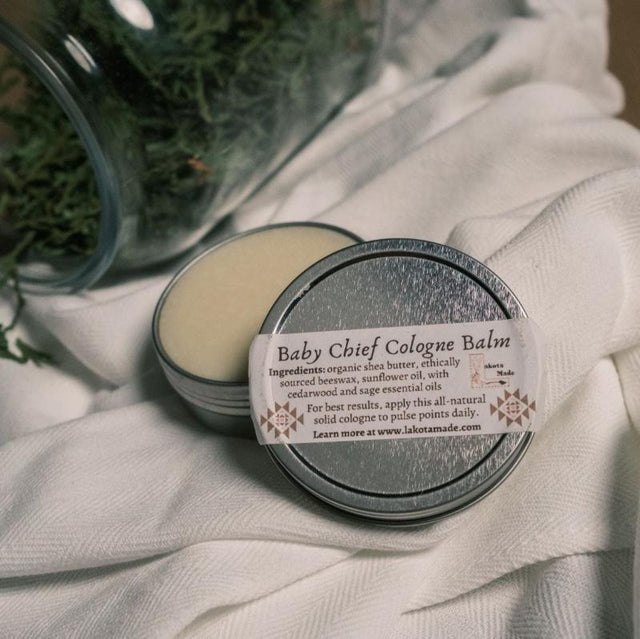
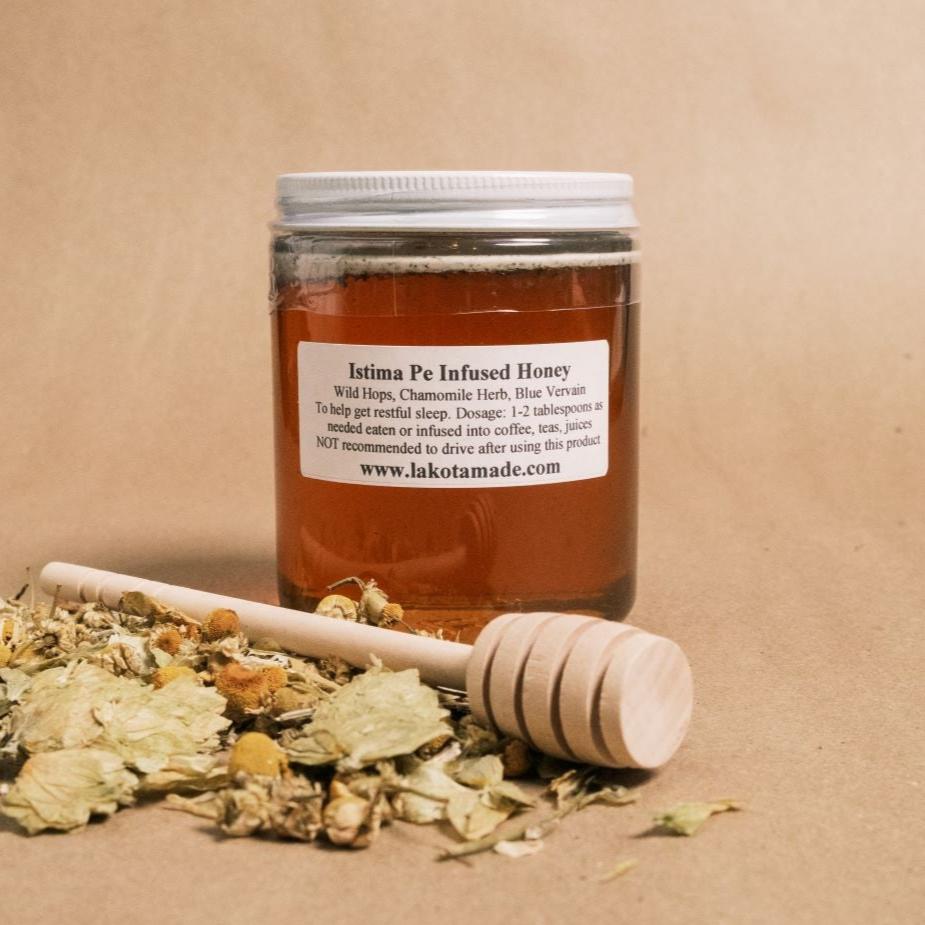
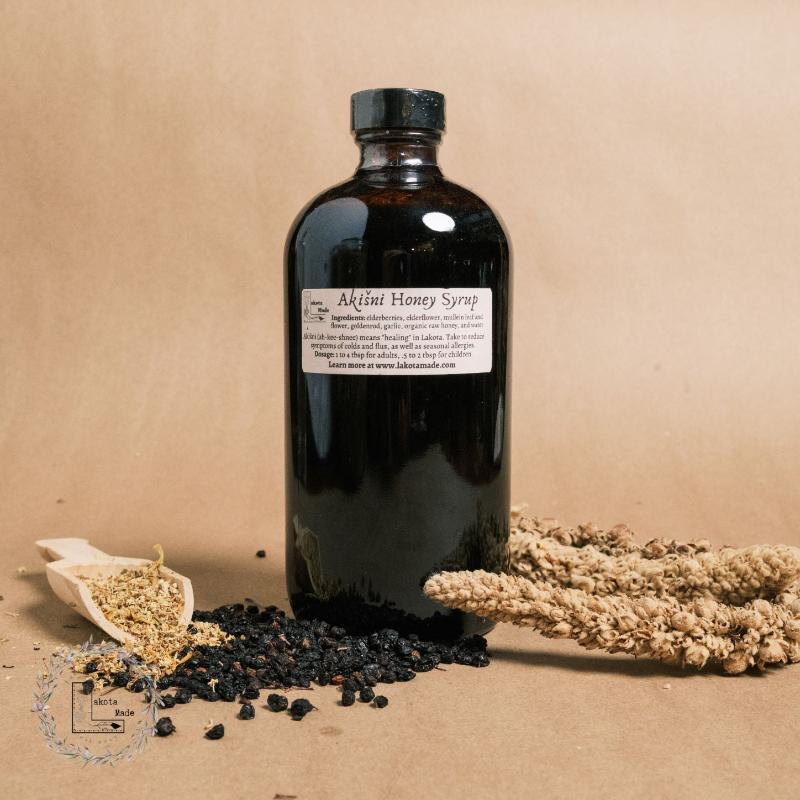
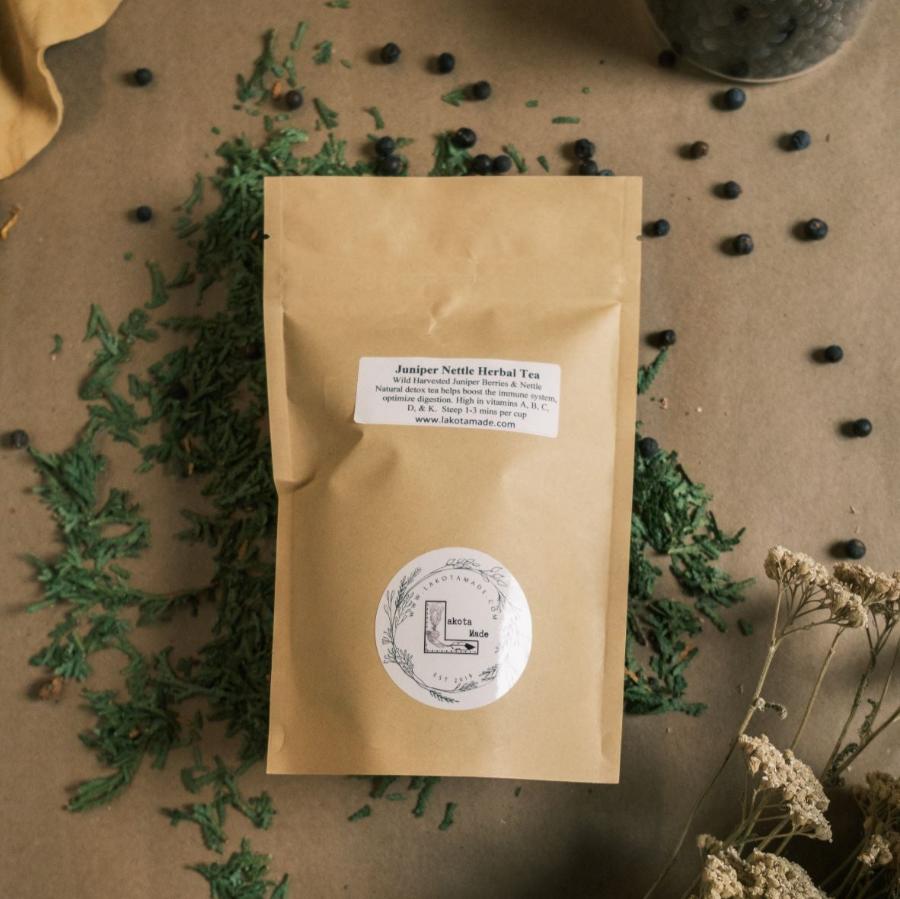
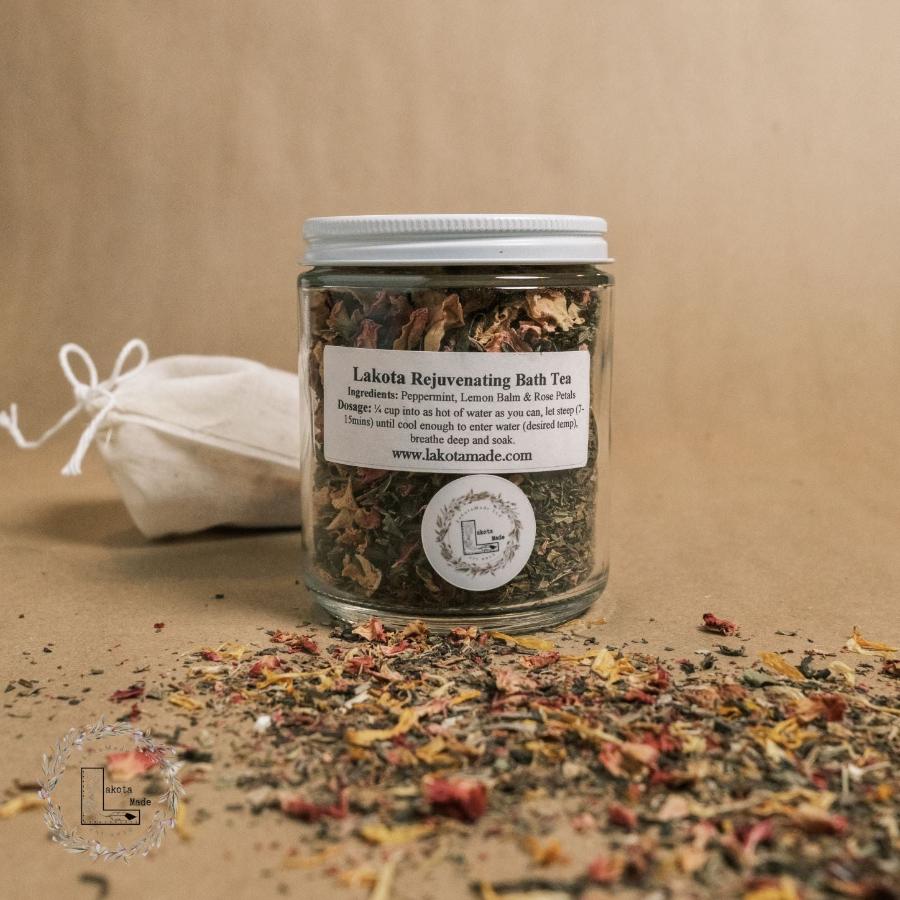
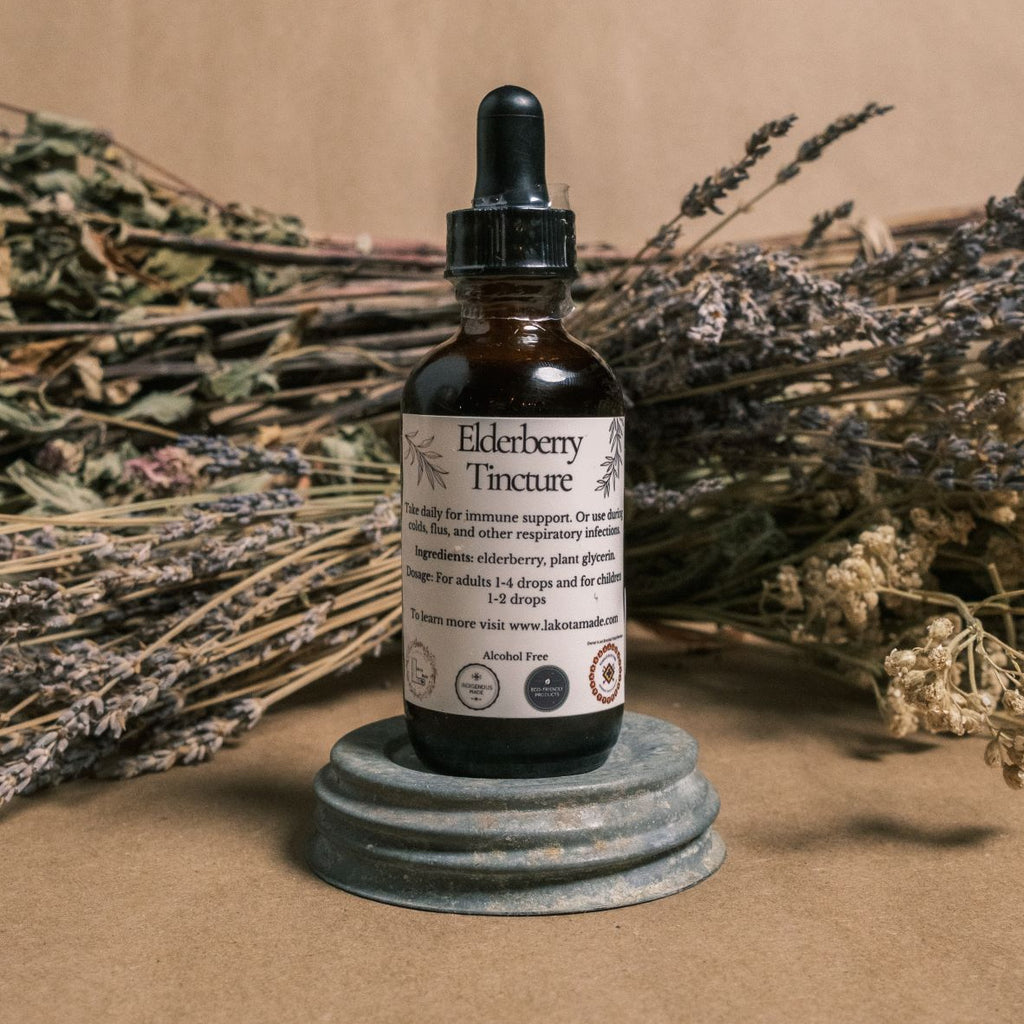
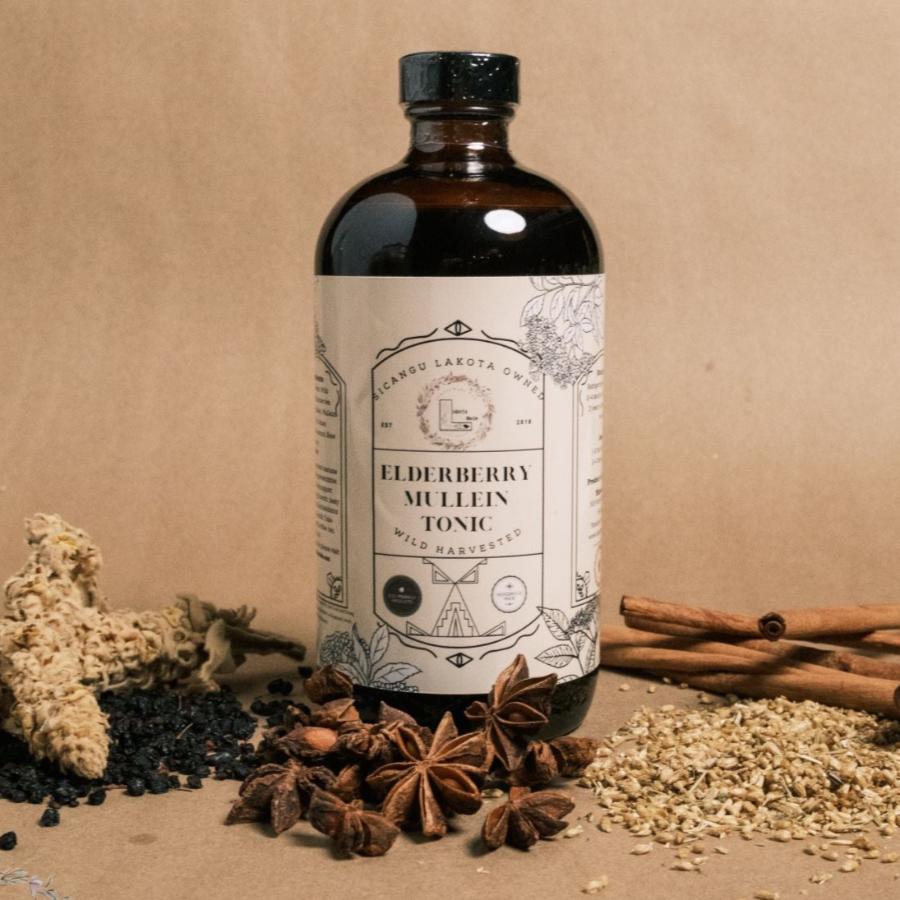
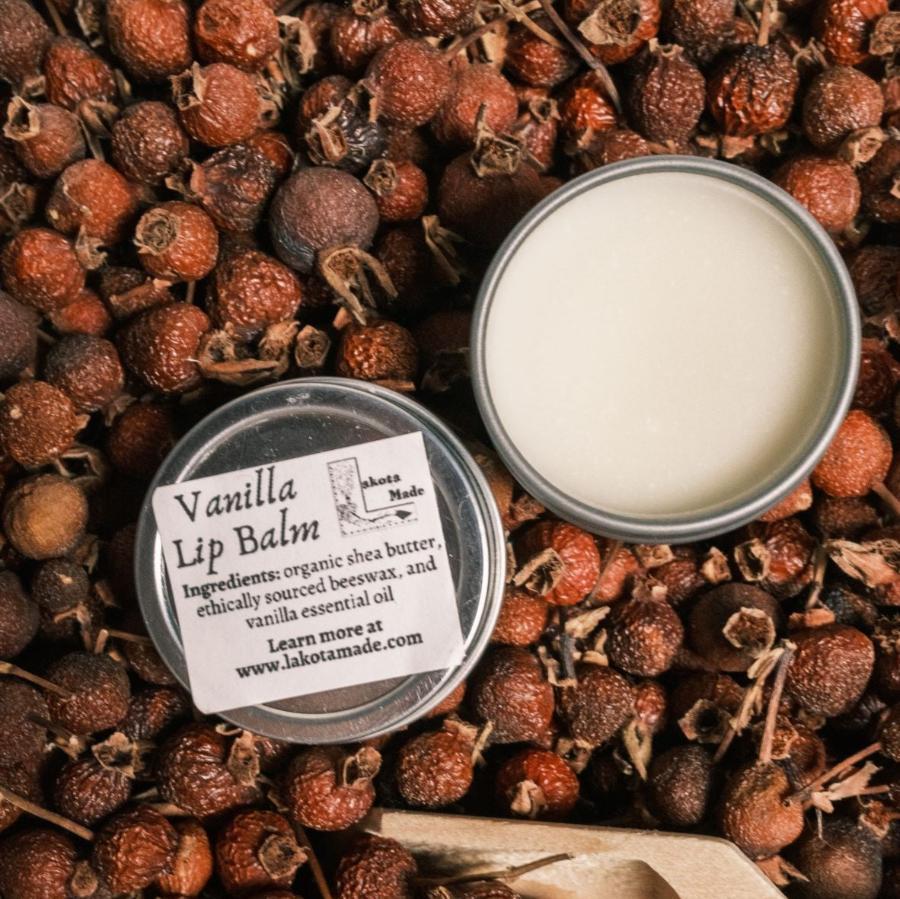
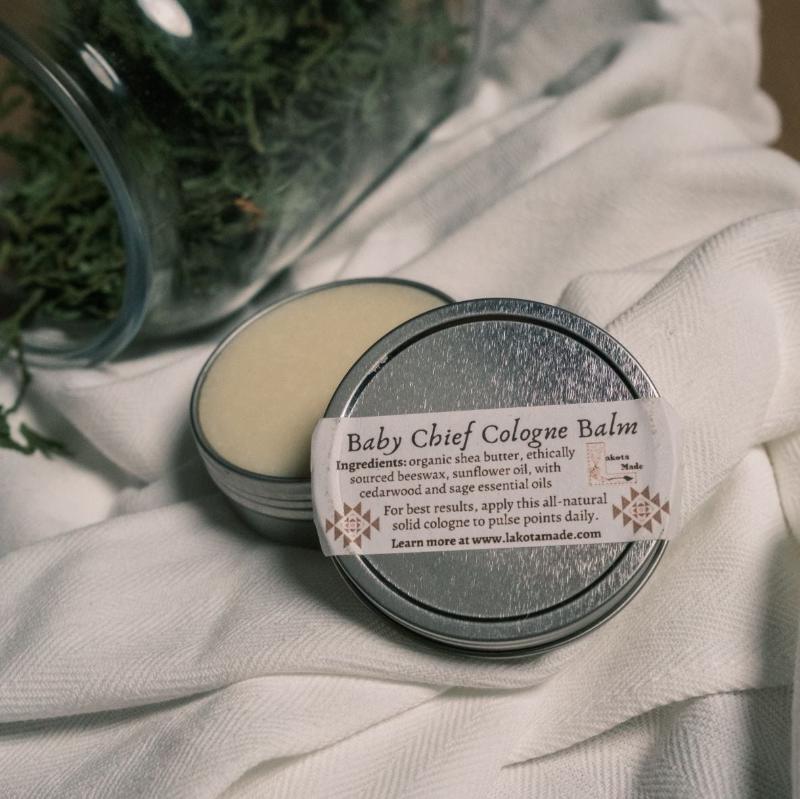
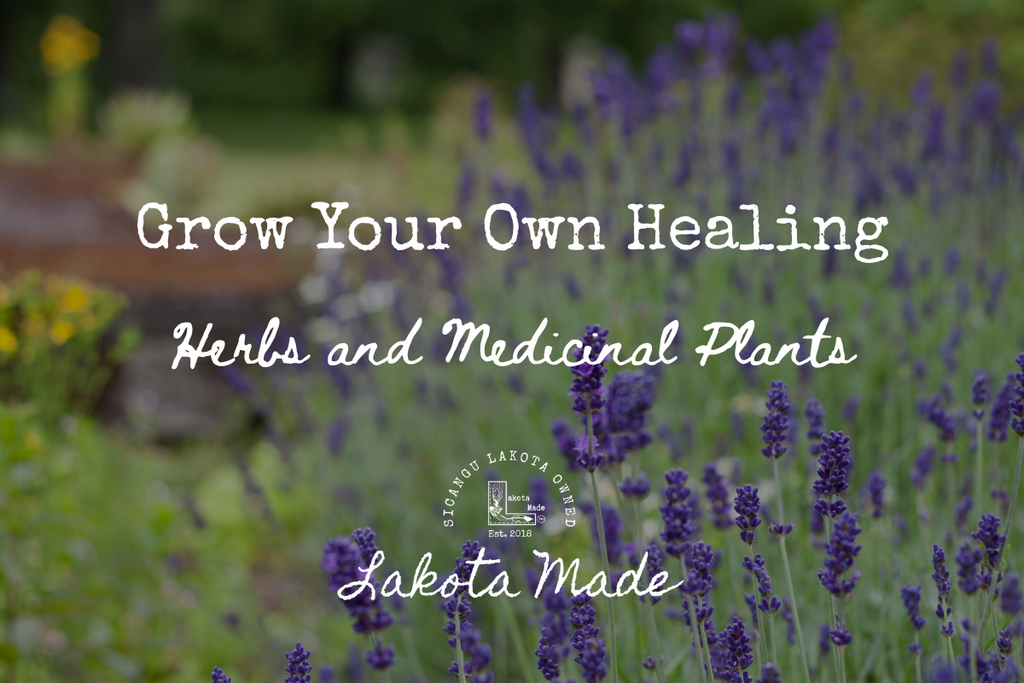

Leave a comment
All comments are moderated before being published.